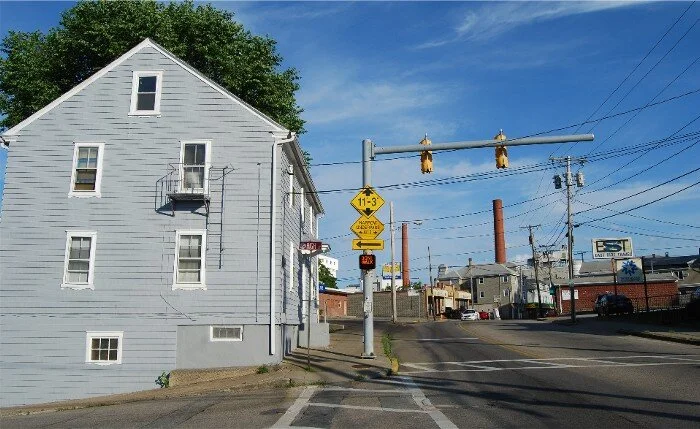
Barbara Ann Fenton-Fung: Broaden outreach to reach more in the urban core in the pandemic
Broad Street in Central Falls
While medical professionals stare down Round #2 of our COVID-19 nightmare, the arrival of a vaccine in Rhode Island is like the bright stars on top of our trees this holiday season. Indeed, it is a beacon of hope for so many whose loved ones have been afflicted by the disease and for those who have cared for those patients for the past 10 months.
So it is imperative that we learn from the bumps in the road in testing rollouts earlier this year. When negative national headlines surrounded such communities as Central Falls, where the consequences of socio-economic disparities created a horrific storm of disease transmission, government was on its heels when trying to right the ship to create buy-in for the vaccine's distribution and use in our very diverse communities.
This is particularly a challenge in urban-core neighborhoods, where there is a large non-native English-speaking population and where many use languages that do not use Latin-based alphabets. Very few and far between are the official government communications in Khmer script for our Cambodian residents, or Chinese pictographs, or Arabic for our neighbors from the Middle East. My own mother-in-law's native language is Cantonese, and I can remember her not quite understanding the full scope of COVID as it hit Rhode Island. But once my husband, Allan Fung, who had to deal with some of these issues as Cranston’s mayor, laid it out in her native language, she became the biggest promoter of guidance from our public-health leaders. To have better outcomes, we need to go the extra mile in different languages via digital video communications, mailers and multilingual media entities to reach those we didn't reach the last time around.
And effective communications also include having the right messenger. That, in some cultures, may not be a government official. Indeed, the cultural aspects of medicine are often overlooked in the midst of a pandemic when time is of the essence. Yet revered religious leaders or well-known community organizers might be the best people to connect with marginalized communities and work through cultural hesitations towards medical treatments.
As we look toward mass vaccination, let’s start now in connecting with these influencers in our faith communities and social organizations to create a more cohesive and effective community response. Government officials need to engage with, and empower, other community leaders here, and not act as if they alone had the right answers.
We all can agree that 2020 was a year of challenges, including many that will stick around in 2021. As we enter the new year, we should vow to be smarter and more inclusive in our approach to beating the COVID-19 pandemic to ensure that we lift everyone, in communities from rich to poor, up and across the finish line.
Barbara Ann Fenton-Fung (MSPT) is a physical therapist, whose expertise includes the cultural aspects of medicine. She is also a Republican state representative-elect from Cranston.
Some COVID-19 symptoms


